Why a detour to Witsand in the Kalahari is worth it
Witsand Kalahari Nature Reserve
Northern Cape - South Africa
Experience the Green Kalahari at Witsand Nature Reserve
Witsand dunes with Langberg Mountains
In the midst of the arid red sands of the Kalahari there is an island of startling white dunes called Witsand or White Sand, a contrast against the rest of the surrounding sands and landscape. They are also known as the Roaring sands or as is known in Afrikaans, Brulsand. Why is it worth taking a detour to Witsand Kalahari Nature Reserve?
We left the tarmac of the N8 that brought us from Kimberley and turned onto a gravel road. Another 45 kilometres of driving to Witsand lay ahead. We’d been warned the road could be bad but apart from a small section, it was in good condition. We found out later it had been recently graded. There was no sign of white sand though. Only parched landscape with sparse vegetation.
I was more attentive when I saw a mob of meerkats sunning themselves against the fence on the side of the road. They weren’t intimidated at all by the rumbling of our tyres on the gravel. They could barely stay upright, sluggish from soaking in the last rays of the afternoon sun.
Then we caught a glimpse of the dunes; blue Langberg Mountain range on one side and white hills of sand on the other. Not quite an oasis, but a welcome sight after a long day’s driving from Johannesburg.
A contrast of landscape: mountain, dunes and Karoo like vegetation
Fascinating ecosystem with roaring sands when it is dry
One of the viewpoints
We turned into the entrance of Witsand, checked in and set up camp for two nights. This was the unexpected landscape of the Green Kalahari. By no means lush, but an exceptional eco-destination with mysterious geological anomalies.
Witsand is a great place to stop if you want a remote and quiet area on route to or from Kgalagadi Transfrontier Park, Augrabies National Park, Namibia or the West Coast. A hidden gem for a road trip adventure.
Witsand - white sands
The scenery is spectacular
Facts about Witsand
Why do the sands turn white?
It is believed that over a million years ago an isolated range of hillocks formed a natural reservoir buried beneath the red Kalahari sand. The sand was caught by the koppies or hillocks and over time it leached the red oxide coating from the grains to to turn into the white dunes of Witsand.
Red dunes turn to white
The dunes in the distance with the campsites and chalets below hidden by the trees
Why do the sands roar and when is the best time to hear them?
When the dunes are disturbed by wind, animals or people, the fine granules of sand produce a sound similar to a roar. For the sands to rumble, it needs to be dry and hot. Although the Kalahari is warm most of the year, in summer is the best time to experience this phenomenon in the months of September to April. Any moisture muffles the dunes for many days and one needs to be close to the dunes to hear them. However, this time of the year is also exceptionally hot.
Unfortunately we didn’t hear the sands roar as they were still damp from the rain a few weeks back. There is a legend that the dunes only roar in the months spelled with an “R”. We were there in May. Go figure!
Did you know:
Not only are the roaring sands a natural phenomenon. Another marvel occurs during a summer thunderstorm. Lightning frequently strikes the sand due to its elevation and the high water content of the dunes. This forms fulgurites which are tubes or crusts of fused sand.
Warning: Visitors are to keep out of the dunes during a thunderstorm.
The Langberg mountains create a beautiful backdrop to the dunes
Where is Witsand Kalahari Nature Reserve
Distance to Witsand from Kimberley – approximately 3 hours or 275 km.
From Kimberley drive on the N8 (R64) towards Griquatown (Griekwastad) and Upington.
At Griquatown continue towards Groblershoop but after 80km turn right onto a gravel road at the Witsand Nature Reserve sign.
Follow the signs and travel 45 km on gravel to Witsand .
Distance to Witsand from Upington – approximately 2.5 hours or 220 km.
From Upington drive on the N10 (R64) to Groblershoop for approximately 110 km.
Before entering the town turn left towards Griquatown on the N8.
Drive for approximately 59 km till you reach the turnoff for Witsand.
Turn left onto gravel at the Witsand Nature Reserve turnoff and follow the signs and travel 45 km to Witsand.
There are alternative routes via the N14 and other gravel roads but I am unable to give accurate information.
Chalet at Witsand
Accommodation and facilities at Witsand
There are self-catering bungalows, chalets and campsites. The ablution facilities were clean with hot water.
There is no fuel and no restaurant, as far as I know, at Witsand. However, I have heard that guests on the inclusive package are fully catered.
Chalet
Chalets: 10 self-catering chalets with bedding and towels provided.
Bungalows: 3 bungalows for four people and 4 bungalows for two people with bedding but no towels. There are communal ablution facilities as well as a field kitchen.
Caravan and camping sites: 10 campsites with a maximum of 6 people per site. Each site has its own power point, water and a large area to make fire. There are facilities for washing dishes and clothes as well as clothes lines for drying at the ablution facilities.
Conference facility with catering on request.
Swimming pools
Day Visitors: There is a picnic area for 36 people
One of the campsites
One of the swimming pools
What activities to do in Witsand
Witsand is a relatively small reserve. Vegetation is characteristically Acacia thornveld mixed with Karoo scrub. You should find plenty to do at Witsand.
Duiker
Viewpoint towards the sand dunes
Game viewing: For such a sparse and arid area, there are a number of animals that exist in this ecosystem. They are mainly small game and none of the big five. You will be able to walk on foot or drive around.
You can expect to see meerkats, dassies (hyrax) and ground squirrel and if you are lucky, pangolins and aardvarks. Small and large antelope that roam around are duiker and steenbok, springbok, red hartebeest, gemsbok and kudu. Nocturnal wildlife in the area are bat-eared fox, Cape fox, porcupine, springhare and aardwolf. We were fortunate to see a genet.
Bird watching: Birds in the area are amongst others, of course the sociable weaver which the Kalahari is renowned for. You should also see Namaqua sandgrouse and Africa’s smallest raptor – the pygmy falcon. At night you may see owl. There is a bird hide at a water hole worth sitting at for a while, waiting for birds to drink.
Hiking: There are no restrictions where hikers can walk in the reserve, but in the summer months it could be quite gruelling with the high temperatures. Make sure to take more than sufficient water with you.
Dune boarding: There are dune boards to rent at the office.
Photography: There are endless photographic opportunities. The blue sky, the backdrop of the mountain and the dunes make for stunning scenery.
Botanical Meander: A 3 km walking trail through Kalahari veld, with 43 marked plant species. Bear in mind this is arid landscape, so don’t expect a lush tropical forest.
View-sites: Two view-sites looking towards the dunes, each with an information board. This is also the only place for cellular reception, apart from on the dunes.
4x4 Trails: There are challenging 4x4 routes
While we were on the dunes a couple climbed up to sand board. Here’s the video.
Sociable weaver nest
The sands only roar when it is dry, hot and you need to be close to the dunes to hear them
Edge of the dunes
Witsand dunes
What to pack
The temperatures are extreme in these areas. Summers are sweltering and winters can be quite icy at night and in the early morning. Pack a range of comfortable clothing for heat and cold as well. It is essential to wear a hat or cap to protect your head and face from the sun. It is advisable to pack sun block cream and lip balm with high SPF as you will undoubtedly suffer from severe sunburn if you don’t take the necessary precautions.
Gate/Office Hours: 08H00 – 18H00
Step by step instructions on how to leave a comment on my blog:
Type in your comment in the comment box.
Click ‘Post Comment’
Briefly a message should appear saying you are not logged in, then a box with ‘Post a Comment’ will appear for you to complete with your name, email address and website URL (if you have one).
Fill in your first name and email address in the appropriate section. (Your email will not be made public and will not be used for any other purpose than for you to get a notification of a reply to your comment.)
Click ‘Comment as Guest’ and you’re good to go!
To subscribe to my blogs, please fill out the SUBSCRIBE form.
Thank you.
I know it is quite a process, but it helps keep our websites secure. Your email address will not be shared or displayed.



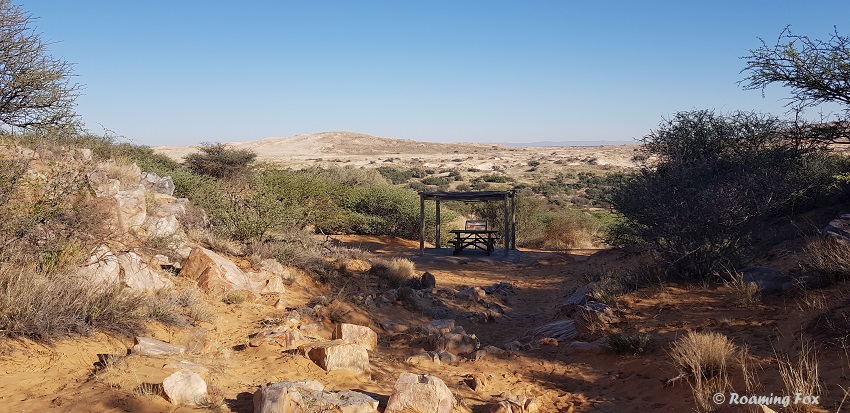















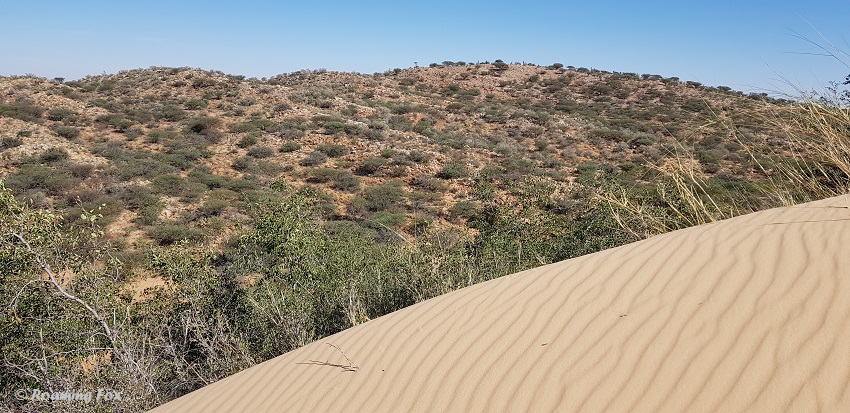

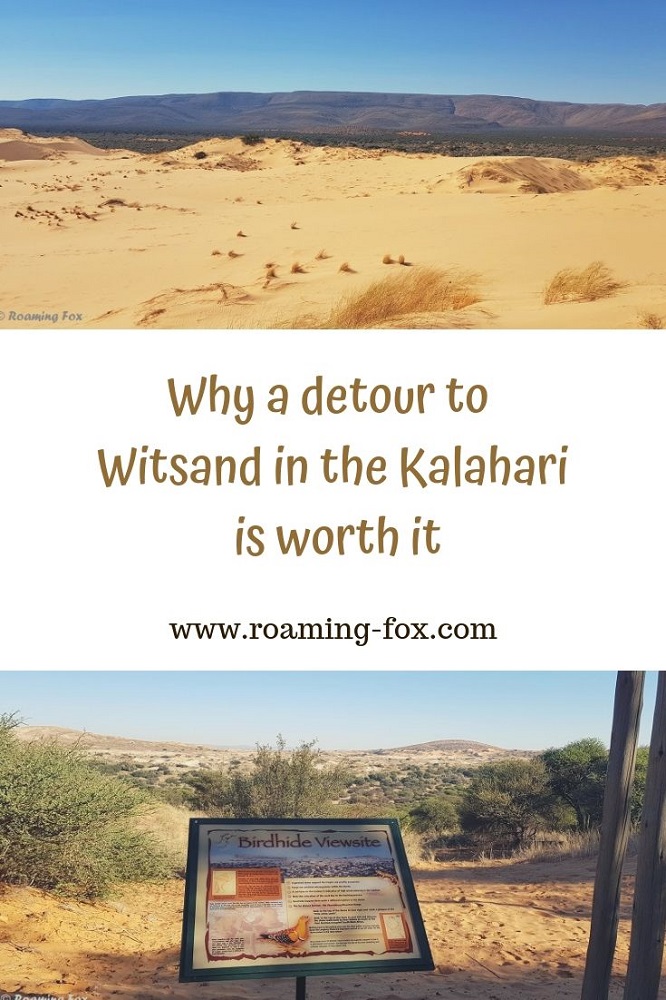


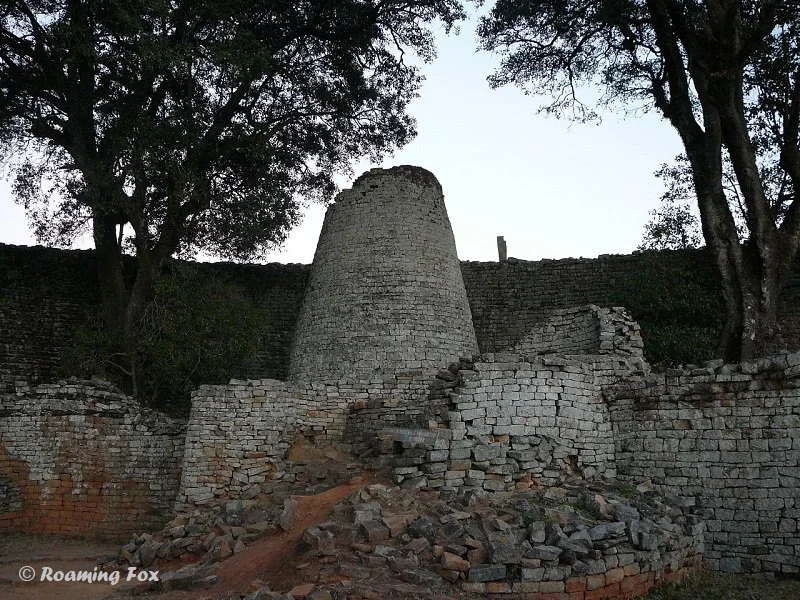

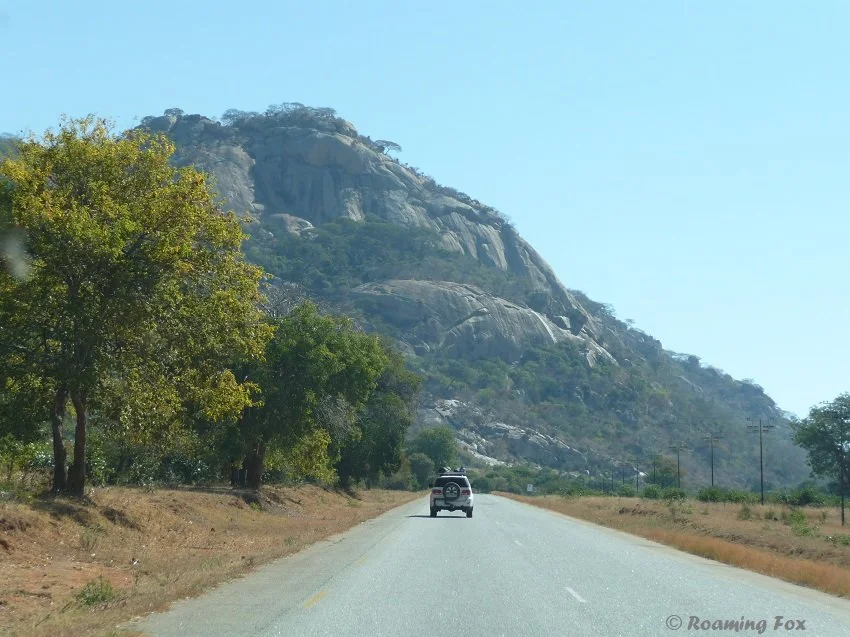





The Best Way to see a country? Take a road trip! Have you ever had that feeling when you hit the open road on your road trip? Freedom. Anticipation. Exhilaration.